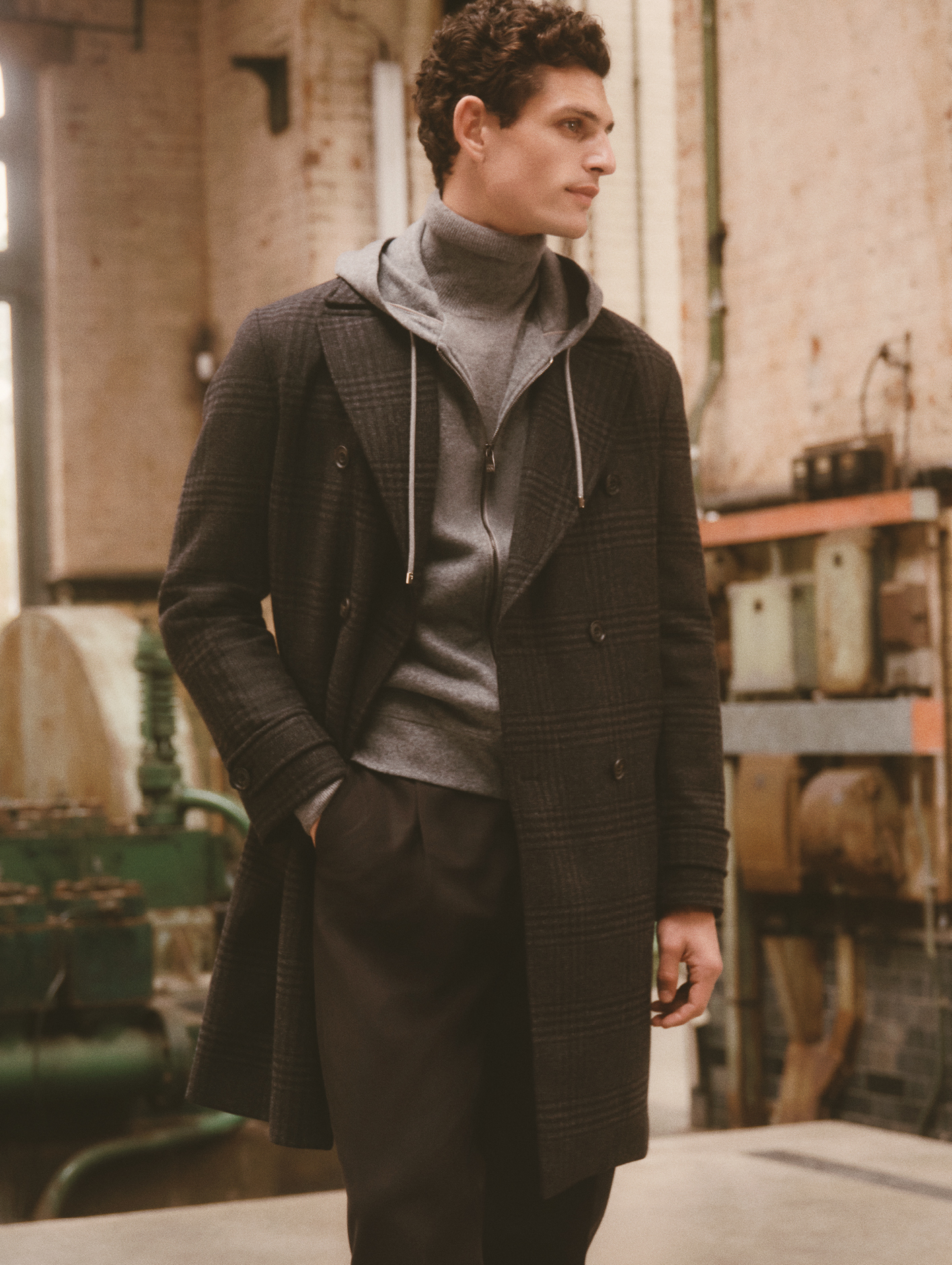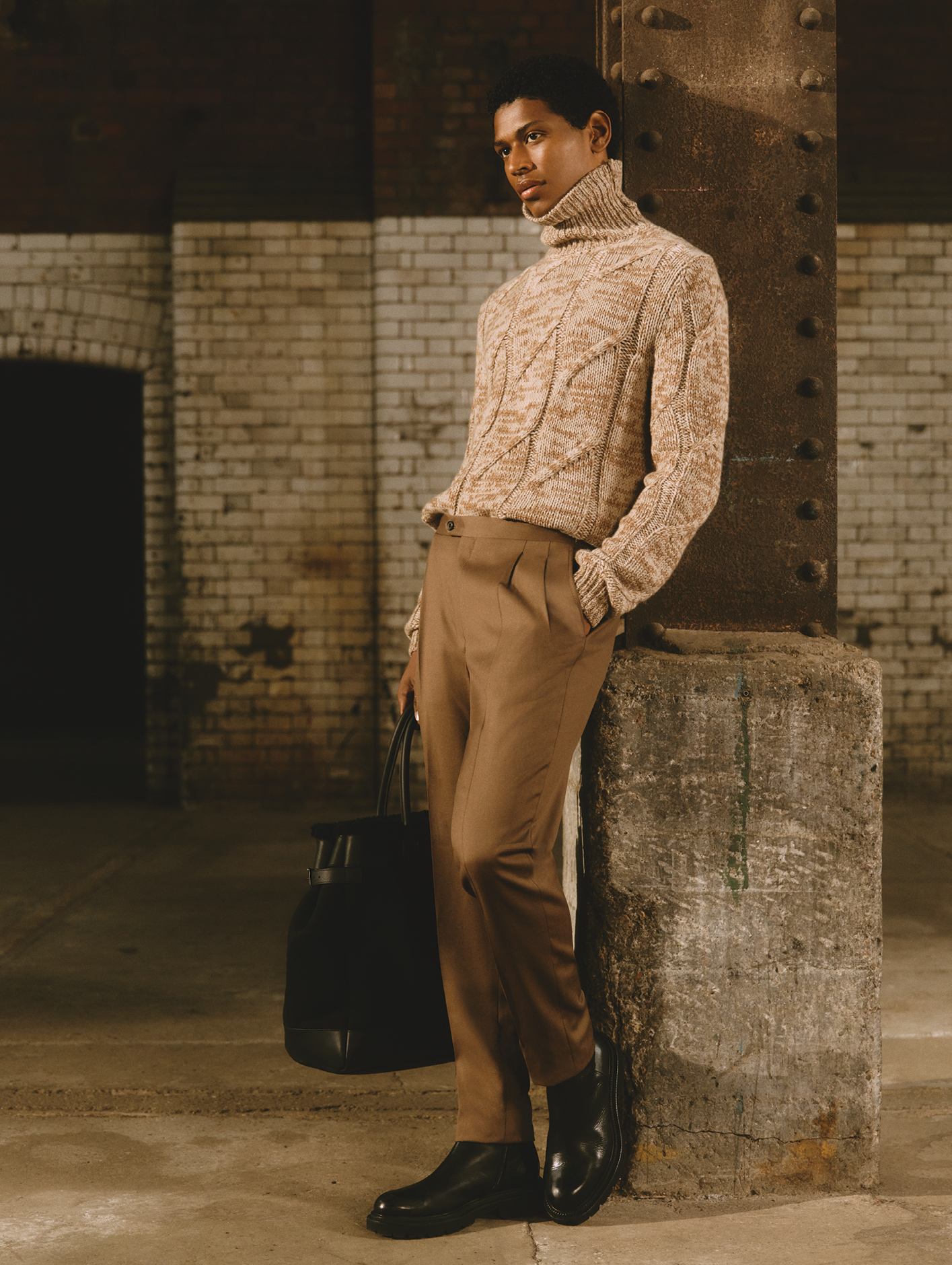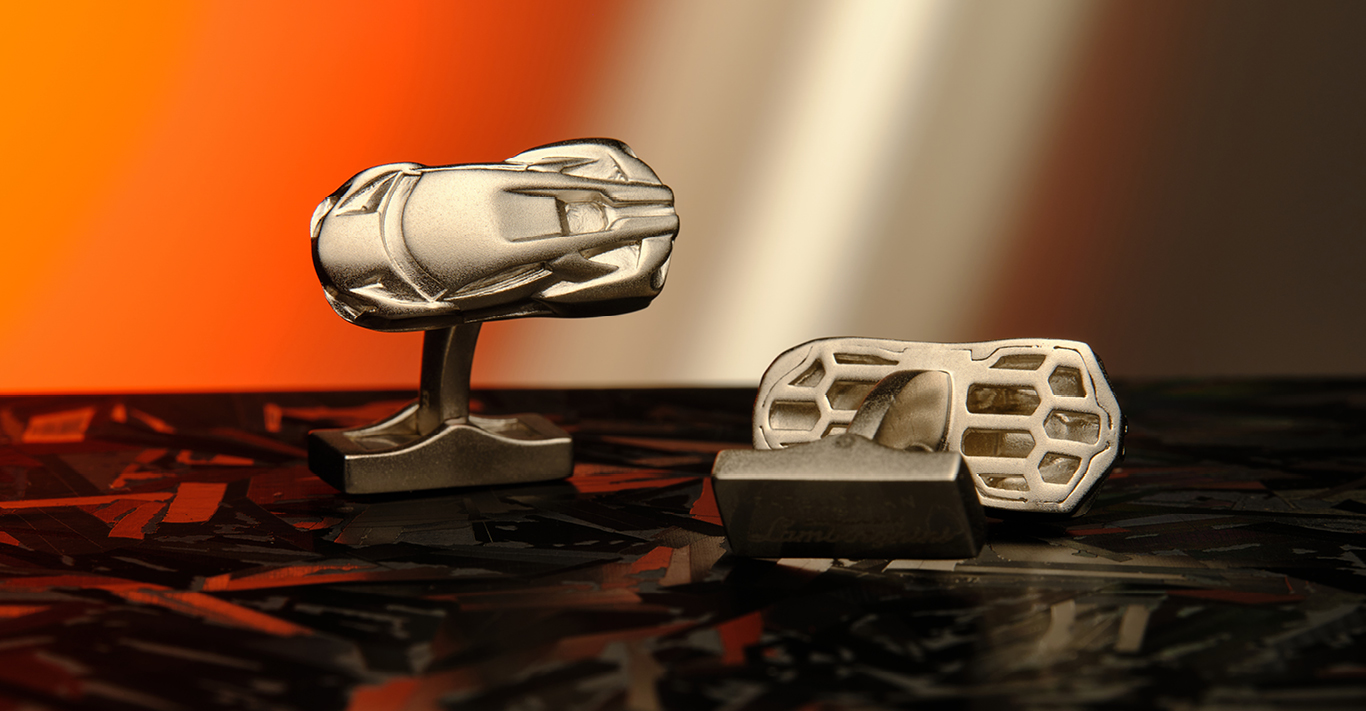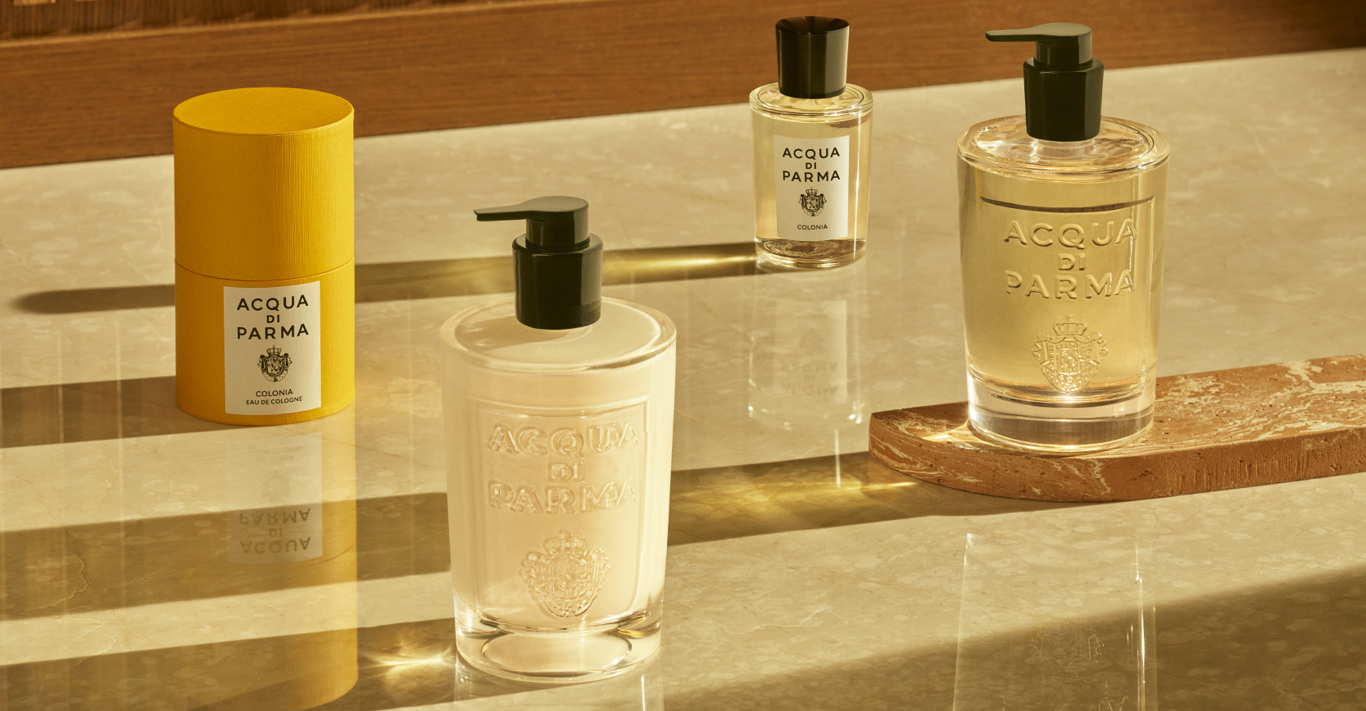PHOTOGRAPHER
Darren Gwynn
STYLIST
Tony Cook
WORDS
Peter Howarth
There was a time when Italian tailoring meant beautifully crafted clothes that made a man look smart, accomplished and professional. It was a look that powered the rise of the nation from the ruins of World War II, along with Fiat motors, Vespa scooters, Olivetti typewriters and a host of other design-led products. All accompanied by the imagery coming out of Rome’s cinema studios, La Cinecittà. What we celebrate as the sprezzatura style of Italy owes so much to that period, when after the miserable conflict and privations of war the Italian economy boomed and the nation’s men could indulge their penchant for the philosophy of “bella figura”, which holds that you show your best face to the world, no matter what.
A number of what became household names in the world of sartorial dressing enjoyed great success. Zegna, Canali, Pal Zileri, Brioni… these were labels that made waves beyond the Mediterranean, and one of the names that rose to prominence was Corneliani. Based in the ancient town of Mantova, in the Lombardy region, this, like so many others, was a family firm, founded on the principles of skilled tailoring. Corneliani was launched by Alfredo Corneliani in the 1930s, making handcrafted outerwear and raincoats. In 1958 his two sons Carlalberto and Claudio took over the company and expanded its reach. The label would become associated with Italian suits and coats that found favour with well-dressed professionals at home and abroad.
It thrived for many years, particularly from the 1970s to the 2010s, specialising in a classic wardrobe for the executive working man, something reflected in its advertisements, which featured handsome, usually suited and booted fellows in scenarios that suggested a certain successful professional lifestyle – luggage, cars, dogs, beautiful women. One ad from 2013 even had the strapline “Man as a Masterpiece”.
So far, so Masters of the Universe (to borrow the term for Wall Street millionaires in Tom Wolfe’s The Bonfire of the Vanities). But while the Corneliani menswear formula worked for many years, it was finally challenged around a decade ago when menswear started to yield to the trend towards relaxation – trainers instead of shoes, polos instead of shirts and ties, and the creeping influence of sportswear. But it wasn’t just that we no longer wanted to look perpetually on our way to the boardroom; our relationship with work was shifting, too. The rise of tech and creative businesses with their laid-back wardrobes and, more latterly, of flexible working and the notion of the office becoming more amorphous, has seen a move away from traditional menswear, however beautifully made, as the backbone of the male wardrobe.

The Italian sartorialists felt this keenly, and Corneliani felt it with them. At its headquarters and factory in Mantova, so steeped in the culture of the region and infused with the history of its hometown, a Unesco World Heritage Site with its roots in Renaissance glory, the question arose: what future for our sort of elegant, tailored garments? If men are wearing jogging pants and sneakers and sweatshirts every day, are we heading the way of the dinosaurs?
Paradoxically, it was Covid, the period where people really did embrace dressing down (or not getting dressed at all) that provided the answer. The factory had to close, but there were still made-to-measure orders outstanding. ‘The workers came in to fulfil the orders,’ explains Corneliani’s CEO Giorgio Brandazza. ‘We realised that we have such a deep culture of craftsmanship and attachment to the company and its history here that our craftsmen wanted to keep practising their art, regardless.’ It gave him a clue. This was not the time to abandon the decades of sartorial skill and expertise, but a moment in which to reflect on how it could be adapted to the post-Covid new normal.
That, thought Stefano Gaudioso Tramonte, Corneliani’s style director and general merchandising manager, who oversees design, called for an understanding of the way menswear was evolving. A plan for how to continue to respect the tailoring skills that had forged Italian menswear – and turned it into an international phenomenon since the 1940s – was also needed.
What if they applied their expertise to a new, more relaxed, contemporary look? What if they made jackets and coats and trousers that were softer, easier to wear, styled in a more sporty way, but still made with the luxury fabrics and tailoring expertise that distinguished their classic garments? What if, in short, sartorial was reimagined for today as something that spoke to our desire to look great, but also to feel comfortable?

A tour of the factory in Mantova certainly reinforces the idea that this is a handmade product. For though Corneliani also offers made-to-measure, its ready-to-wear garments are created using much the same processes (without the personalised measuring, of course). Aside from the computerised lasers employed to cut the shaped panels of fabric with the utmost precision, thus ensuring accuracy but also less wastage, work is still carried out by many hands using sewing machines.
But, true to Gaudioso Tramonte’s vision, the output is now subtly different. Typical is an unlined “travel” overshirt that comes in wool and mohair or techwool, with two welt pockets with flaps on the chest. It’s practical and modern, half jacket, half shirt. Then there are bomber jackets, field jackets, peacoats, waistcoats, trench coats, macs and reversible rain jackets, all clean and simple and refined, but casual in spirit.
Technical fabrics play a part for performance and stretch, and there are accompanying knits, shirts and even trainers to complement the elegant but not-trying-too-hard look. And remember, not trying too hard is, in fact, the meaning of sprezzatura.
You can, of course, still get a traditional suit here, and also super-smart eveningwear, but even here the look has been tempered and modernised to include blue tuxedos in wool and mohair or wool sablé; there are tuxes in grey lamé wool and white stretch silk, too. While in the suiting, green, light grey and even dusty pink mean you will look like you are heading for an aperitivo rather than an executive meeting.
Welcome to Italian menswear for the modern era. Still elegant, still sartorial, but now with added informality.





